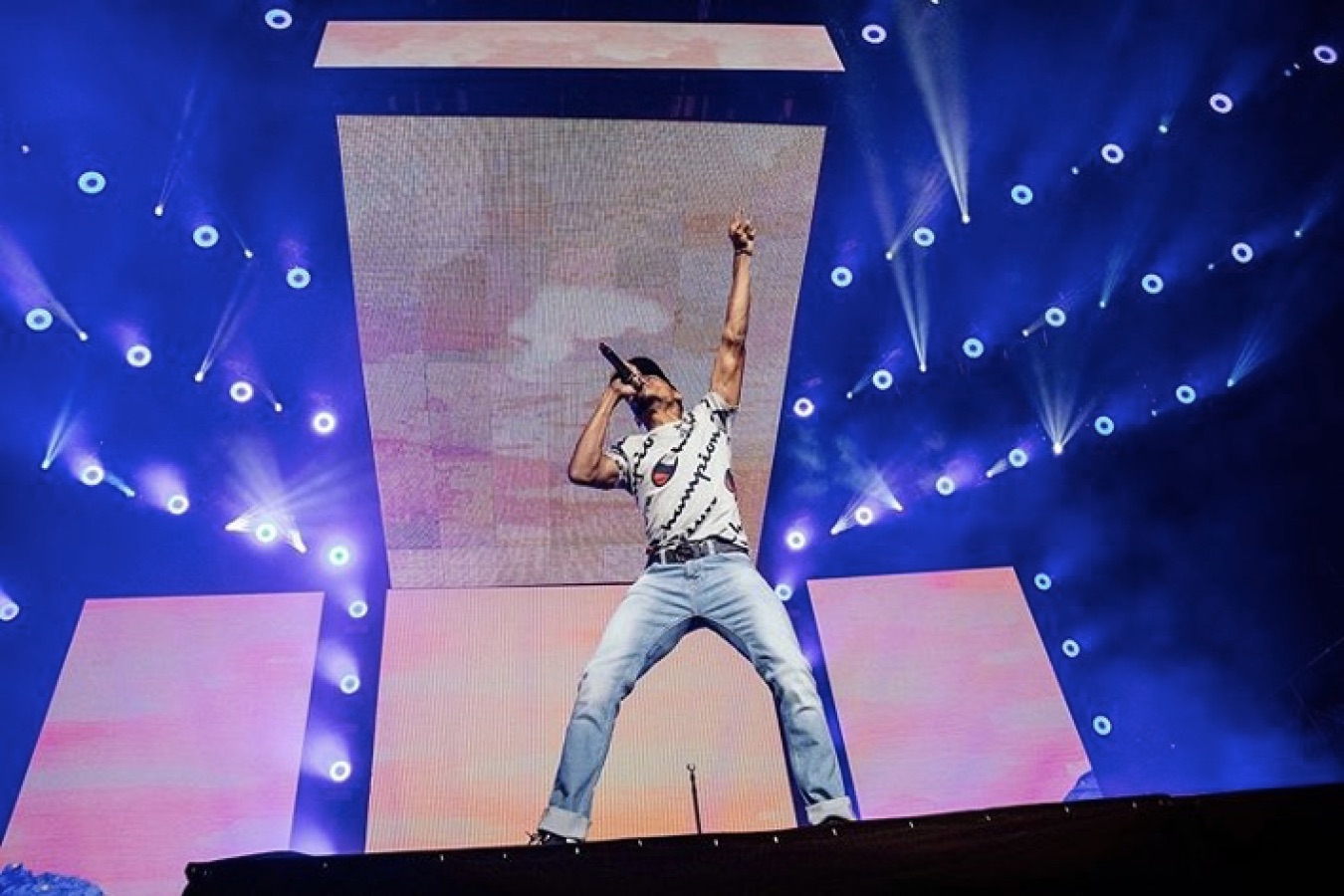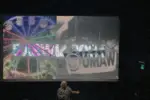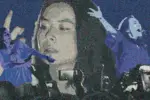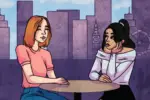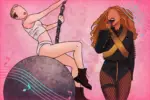Lollapalooza is a world-renowned annual music festival that usually takes place on the first weekend of August, in Great Park, Chicago, Illinois. Like so many other festivals this year, Lollapalooza was forced to cancel due to the COVID-19 pandemic. We can only hope to see its return for the summer of 2021.
After the announcement of its cancellation in June, Lollapalooza hinted that it would host a livestream in place of the physical event. Fans were promised new sets from their favorite artists, archival sets from the best performances over the years and never-before-seen footage from the 1990s.
After more than a month of silence, fans were beginning to doubt the validity of Lollapalooza’s claims, but on July 26, the festival announced the lineup of the livestream.
https://www.instagram.com/p/CBOM7a9h9Ry/
The virtual festival boasted big names like Paul McCartney, LCD Soundsystem, Chance the Rapper, Outkast and Louis The Child, just to name a few.
As you can see, the creators of Lollapalooza went out of their way to provide their fans with a diverse musical experience. It’s hard not to be impressed by the massive lineup, with over 150 artists set to perform over the weekend.
While some fans were ecstatic at the news, many were unaware that the event was happening at all, due to a severe lack of advertising and media coverage.
It didn’t help that in an effort to rebrand, the festival name was shortened to Lolla 2020, making it even more difficult for listeners to find when searching Lollapalooza’s full name online.
https://www.instagram.com/p/CDIFp-Jhb6j/
Despite the impressive setup, when Lollapalooza released the set times one day prior to the start of the festival, fans were somewhat confused and disappointed. It’s also important to note that while some of the virtual festivals put on by Insomniac and Brownies and Lemonade reached more than one million streams at a time, Lolla 2020 barely surpassed 20,000 viewers at its heaviest streaming times
Around 20% of the Lolla 2020 performances were recordings from Lollapalooza’s past years. While the festival made it clear that they would be streaming archival sets, fans were surprised at just how much of the festival was “before-seen” footage. On top of this, it seems that Lollapalooza was unable to deliver on the promise of never-before-seen footage from the ‘90s.
Another disappointment was the fact that the Lolla 2020 sets seemed to be unusually short in comparison to the set times of other virtual festivals. Instead of the traditional 30-60-minute time slots for livestreams, some of Lolla’s sets were as short as five minutes. Even some of the shorter, 10-minute sets seemed to be occupied by two artists.
Many fans assumed that Lollapalooza opted to take a route more traditional of the physical music festival, with some artists overlapping on different streaming channels. Unfortunately, this did not seem to be the case once the streaming began, as performance after performance seemed to fly by with only a two-minute video of Michelle Obama on loop separating each performance.
Others were critical of the five pre-recorded, so-called “full sets” that were streamed during the music festival. One viewer was appalled at the state of Paul McCartney’s set, which had large chunks edited out. After missing “Blackbird,” which represented an integral moment in the 2015 set, the user wrote, “I’m so pissed and worried about what they might cut from other ‘full sets.’”
It seemed that LCD Soundsystem’s set didn’t fare much better, with more than 45 minutes of music cut from the stream. To say viewers were disappointed is an understatement, as some were looking forward to reliving the past while watching the sets they had attended earlier in Lollapalooza’s history.
Another aspect of the virtual festival that had some fans scratching their heads, but most others rejoicing, was the abundance of social activism going on during the livestream. Although this aspect of a festival is not normally a huge part of its virtual counterpart, it was refreshing to watch Lollapalooza put so much effort into staying true to their brand as a socially aware musical event.
Despite so many confusing twists and turns, as well as audio and visual setbacks during the livestream, Lollapalooza did achieve their goal of creating a well-rounded and diverse event. The festival reached all corners of the musical world, with performances from Alabama Shakes to Metallica to Kaskade, and many more in between.
https://www.instagram.com/p/CDPRomcB2ud/
Lolla 2020 also focused on the unique musical community in Chicago, Illinois. The livestream opened with some words from Chicago’s mayor, Lori E. Lightfoot, and had performances from Chicago natives like Lupe Fiasco and Chance the Rapper, which made the virtual festival stand out from its previous years in its celebration of Chi-Town.
Overall, Lollapalooza should have taken some notes from other festivals that made the executive decision to host a livestream in place of a physical festival.
Most fans expressed that they would have rather had 30-minute sets with fewer artists in place of the vast list of musicians on the playbill. Many others were quick to note their disappointment when Lollapalooza was unable to keep their promises of unreleased footage from its previous years.
Still, one can’t write off the amount of effort that went into orchestrating this festival with so many moving parts that somehow fit into four days of varied musical performances from so many famous artists.
We live in a time where we’re all trying our best to adapt to the conditions COVID-19 has imposed on us. It seems that some have just been quicker than others when it comes to adhering to a purely virtual world. The music industry has been suffering, but hopefully this string of livestreams and virtual festivals will keep fans engaged until a vaccine is found.


